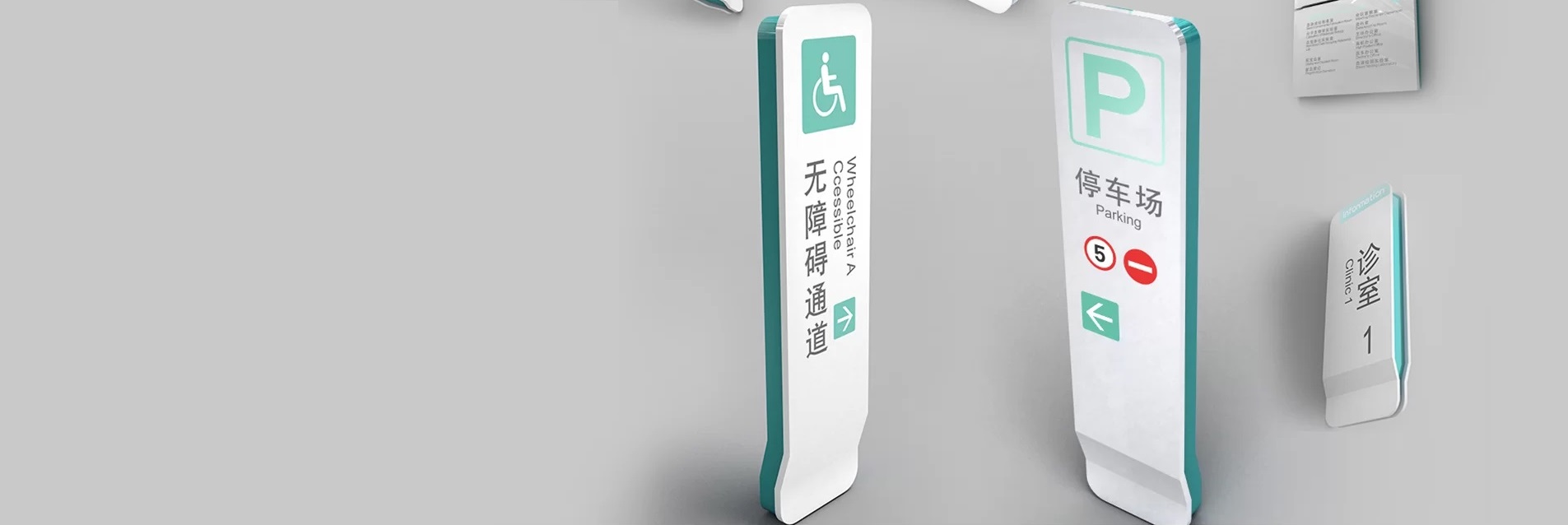Educational & Campus Wayfinding Signage is a critical component of the infrastructure within schools, colleges, and universities. It helps students, faculty, staff, and visitors navigate through large and complex educational environments efficiently. Effective wayfinding signage not only improves accessibility and safety but also enhances the overall experience of navigating campus facilities.
Importance of Educational & Campus Wayfinding Signage:
- Improves Navigation: Signage helps users find their way to classrooms, offices, restrooms, libraries, and other facilities, reducing confusion and frustration.
- Enhances Safety: Clear directional signs guide users to emergency exits, first aid stations, and gathering points during emergencies.
- Promotes Inclusivity: Well-designed signage caters to all users, including those with disabilities, by providing tactile, visual, and auditory guidance.
- Facilitates Learning: Informative signs can provide educational content, helping to create an engaging and informative environment for students.
- Reinforces Branding: Custom signage can reflect the institution’s identity and values, reinforcing branding and creating a cohesive look across the campus.
Key Elements of Educational & Campus Wayfinding Signage:
-
Types of Signage:
- Directional Signs: Guide users to specific locations, such as departments, lecture halls, and amenities.
- Identification Signs: Mark the names of buildings, rooms, and facilities.
- Informational Signs: Provide details about campus services, such as opening hours, contact information, and available resources.
- Regulatory Signs: Ensure compliance with rules and safety regulations, such as no smoking areas or pedestrian zones.
- Maps: Offer a broader view of the campus layout, typically located at key entry points and intersections.
-
Design Considerations:
- Visual Hierarchy: Prioritize essential information by using different sizes, colors, and fonts to create a clear visual hierarchy.
- Color Coding: Use color coding to differentiate between various zones or departments, making it easier for users to navigate.
- Consistent Icons and Symbols: Implement universally recognized icons for common facilities (e.g., restrooms, elevators) to aid quick recognition.
- Readable Typography: Choose legible fonts that can be read from a distance, considering factors such as contrast and lighting.
-
Accessibility Features:
- Braille and Tactile Elements: Include Braille and raised characters on signs to assist visually impaired users.
- Auditory Signage: Consider implementing auditory guidance systems, such as announcements or mobile app integrations, for users with visual impairments.
- Clear Pathways: Ensure that signs are positioned to avoid obstructions and that pathways are clear for users with mobility challenges.
